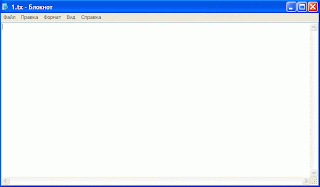

They all listened to the same lectures, and they were specifically instructed to use their usual note-taking strategy. In the first one, for example, college students were assigned to classrooms, some of which were equipped with laptops and others with traditional notebooks. They ran a few experiments, all basically the same. But do typists do this, or do they just type as fast as they can? That is one of the questions that Mueller and Oppenheimer wanted to explore in a real-world setting. These are the strategies that in theory lead to deep processing and firmly encode new material in memory. They could also go beyond mere verbatim transcription, summarizing and paraphrasing. Keyboards have asterisks and exclamation points and so forth. Of course, students could develop an elaborate hieroglyphic system using a laptop. They decided to test the old and the new in a head-to-head contest. Typing is faster than longhand, producing more legible and more thorough notes for study later on.īut has anyone actually compared the two? Is it possible that laptops somehow impair learning-or conversely, that pen and paper convey some subtle advantage in the classroom? Two psychological scientists, Pam Mueller of Princeton and Daniel Oppenheimer of UCLA, wondered if laptops, despite their plusses, might lead to a shallower kind of cognitive processing, and to lower quality learning. And really, only a Luddite would cling to pen and notebook in the 21 st century.

Many college students have some kind of electronic note-taking device nowadays, and most will swear by them. Indeed it was an intricate hieroglyphic language, in which asterisks and underscoring and check marks and exclamation points all had precise meaning, if only to me. But that does not mean my note-taking system was simple. I went to college long before the era of laptops, so I learned to take notes the old-fashioned way: ink on paper.


 0 kommentar(er)
0 kommentar(er)
